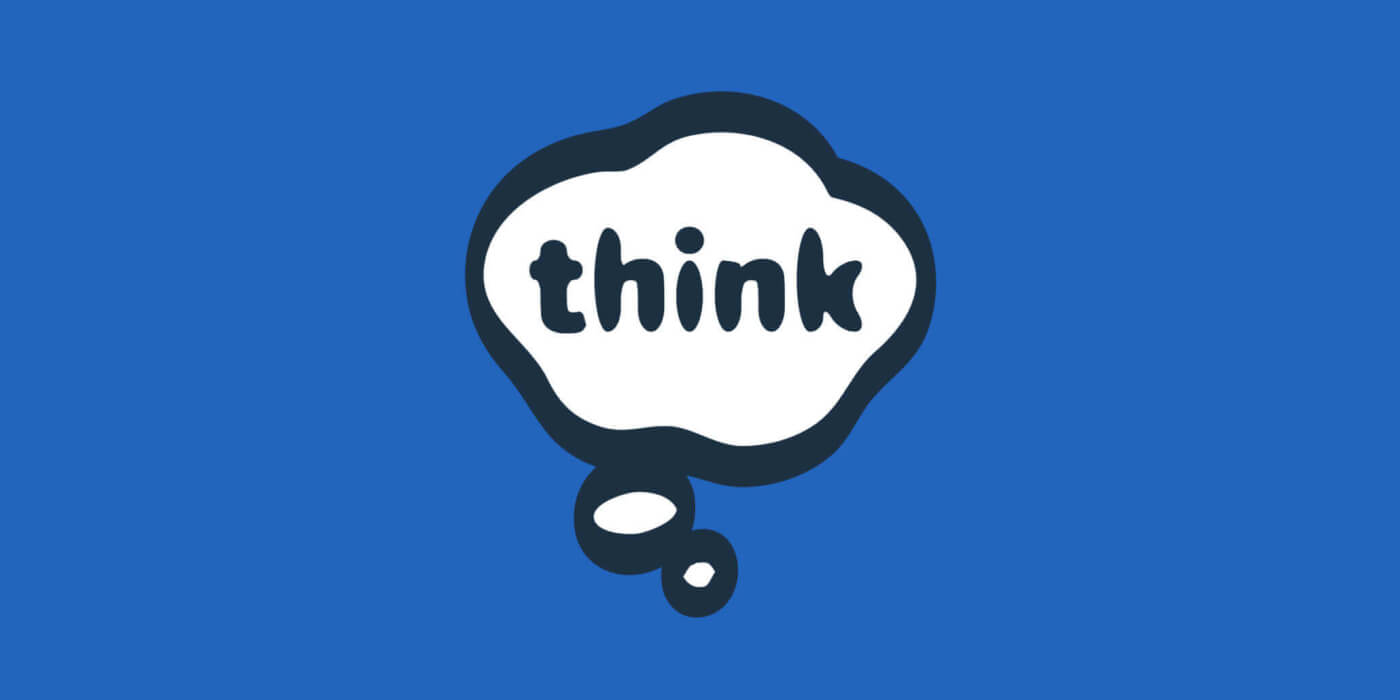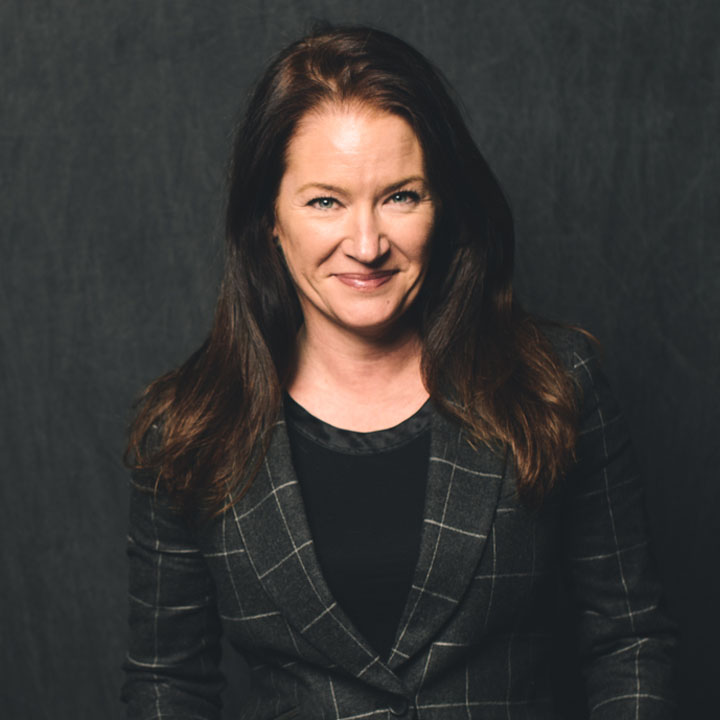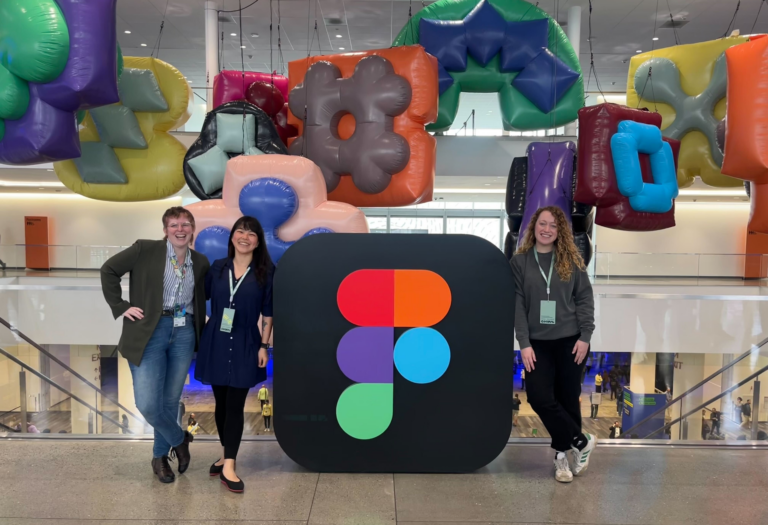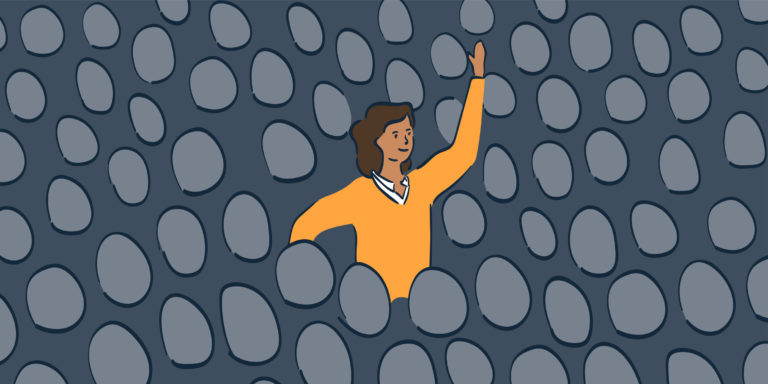What I Learned About User Research at LeanUX NYC

I went back to school two weeks ago. Eager to gain some new ideas and cool insight on UX, especially how to get it done faster, I ventured up to New York University for LeanUX NYC. As a strategist, I focused in on user research and usability testing best practices.
Here’s what I learned from three leaders in our industry, and a little bit about them (taken right from the LeanUX NYC website):
From Bill Beard (@writebeard):
Bill Beard is a copywriter with more than 14 years of experience in building brands and harnessing their power to create enjoyable, memorable user experiences. He believes every moment is a branding moment.
- Use natural language—the “user” is a person. Talk to them like one.
- Be a context genius. Like Diana Ross said, “Do you know where you’re going to? Do you like the things [we’re] showing you? What are you hoping for? Do you know?”
- Remember the person interviewing you is not your office neighbor. They probably won’t understand your terminology, jargon and acronyms. So don’t use them.
From Tomer Sharon (@tsharon)
Tomer Sharon is a user experience researcher at Google Search in New York City and author of the book It’s Our Research (2012). He is the co-founder and organizer of leanUXmachine, a weekend of UX learning, collaboration, and mentorship for Israeli startups.
- There is a [high] negative relationship between what people say and what people do.
- Never ask what they need; watch people and what they do.
- Eye trackers don’t work. Notice-ability tests work!
- Use a rainbow spreadsheet to collect data and show results simply, quickly, and effectively.
From Adrian Howard (@adrianH)
Adrian Howard is passionate about creating great products. He co-founded Quietstars to do just that using Lean, Agile and User Experience techniques. You’ll find Adrian working with startup and product development teams doing everything from coaching and teaching to hands-on user experience and development work.
- “The opposite of talking isn’t listening. The opposite of talking is waiting.” – LeBowitz
- Just pause and listen; silence is powerful because the person talking will want to fill the gap.
- Paraphrase: repeat what you heard back to the person talking to show you understand. Then ask for clarification.
- “Get out of the building.” – Steve Blank
- “Stalk before you talk. Talk before you sell.”
- Use Ethn.io to recruit folks for testing.
- Use open questions that can’t be answered with Yes or No.
- Capture observations on pink stickies and insights on yellow stickies for categorizing when you’re done.
I already signed up for LeanUX NYC 2014. Register now for a killer early bird discount!
And by the way, want to learn more about LeanUX? Come to Think Brownstone (Conshohocken, PA) on Wednesday, May 1 for the next round of UX Book Club! We will be discussing Lean UX by Jeff Gothelf, who will be joining us over Skype for discussion and Q&A. Doors open at 6:00 and we’ll kick off with Jeff at 7pm!



